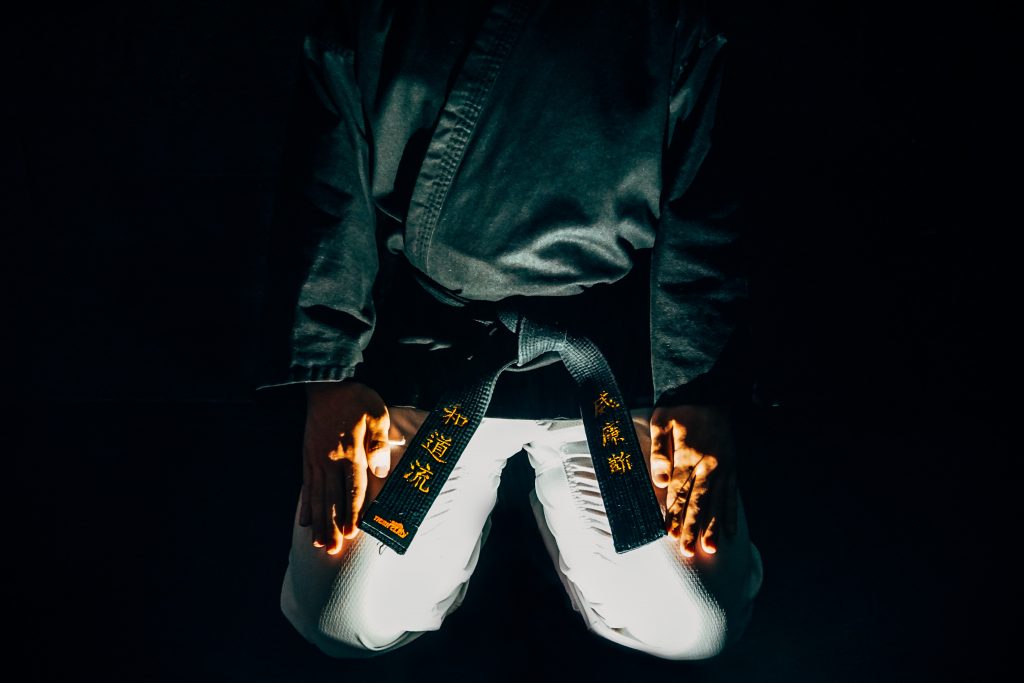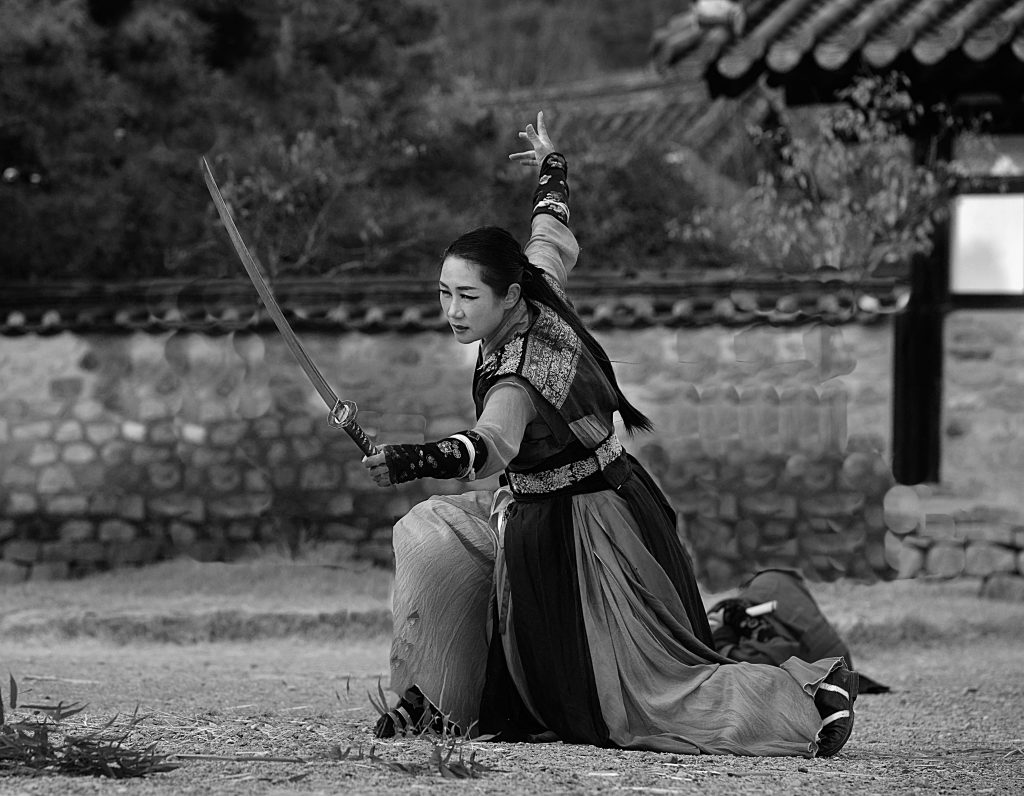If you search around the internet these days, everyone seems to have an expert opinion on martial arts. Many eastern styles have suffered under the barrage of blows from keyboard warriors. The general comments range from ‘this so-and-so style does not work on the street’ to terms like ‘mcdojo’ are quite rampant. Even martial arts practitioners themselves make it a point to chime in and ‘call-out’ other martial arts practitioners. I wonder if it is done in the name of social justice or something more selfish.

Taekwondo or Tae Kwon Do : A Look Behind the Martial Art

Taekwondo, the Korean national martial art is also a world-famous (or infamous, depending on who you ask) sport and martial art. In the aftermath of the second world war, the nation of Korea was rebuilding much of the country including cultural heritage lost as a result of foreign occupation. Part of this cultural heritage being recovered was in the area of their fighting arts.
To cut the long story short, the different martial arts masters contributed to form a national organisation and call their art Tae Kwon Do. Since 1959, the martial art known as Taekwondo has split into different organisations. The two largests are known as World Taekwondo (or formerly the World Taekwondo Federation or WTF) and the International Taekwondo Federation (or ITF).
As a practitioner, I have to admit that there is an overwhelming influence of Karate in the art of Taekwondo. Even historical evidence shows that many founding masters of Taekwondo were practitioners or Japanese Karate. With the suppression of Korean martial arts during WW2, it is not expected that much of the old indigenous Korean arts survived to heavily influence Taekwondo.
Martial means Combat

Culturally, the popular belief of martial arts have been helped by television and film. Famous movies and martial arts stars have helped popularise the fighting arts. Bruce Lee is perhaps the most famous. Chuck Norris, JCVD, Jackie Chan, Jet Li, Donnie Yet to name a few. The mystical nature of Japanese arts and their bushido warrior code also became popular as samurai movies became well known. Ultimately, the systemised fighting arts were for one purpose:- combat.
Honest.
Bruta.l
Truth.
Modern Martial Arts. Combat Sports.
I for one am fortunate to live in a country that is in peace, not at war with anyone. Relatively, many are in this situation. The need for extremely violent forms of martial arts practice is low for the average civilian. Military personnel who are going to frontlines may prepare differently.
So where does this leave the martial arts. Well, we have seen their revival and evolution to what is known as Combat Sports. Taekwondo is one of the many arts that have evolved. In my opinion, Taekwondo has evolved the most (for better or worse, depending on who you ask again…) in the direction that utilises technology, and also in the most peaceful direction. Just looking at the sport of Taekwondo as developed by Kukkiwon and the World Taekwondo organisation as practiced in the Olympics, we can see this evolution to a non-violent form of sport that has drawn combat elements from the past.

Many old timers may lament that this make Taekwondo useless on the street, and MMA (another new evolution). But speaking of the street, are you seriously thinking of picking a fight on the street like a young punk? If it’s peacetime, there is no need to go look for trouble. As a practitioner, my opinion is a bit more in the middle ground. While I appreciate the developments made by the KTA/Kukkiwon/WT trio, the combat parts of the once deadly form have been stripped from Taekwondo.
Sport Taekwondo is here to stay and continue to evolve. I applaud the efforts of Kukkiwon/KTA/WT in this direction. I believe that this is good for peace. I’m certainly not a fan of war. However, we do need some training in effective combat ability. That said, I believe in the balanced practice of the art.
Humbly, the art we know as Taekwondo is heavily based on kicking. So we do need to look into the past, the history and roots of what formed Taekwondo. The immediate ancestor to check out is Karate, and Okinawan Karate. Further back would be chinese Kung Fu (Tang Soo Do’s ancestor, also a contributor to the art of Taekwondo). As a martial artist, one must be humble enough to recognise ones own weaknesses and seek to improve. If anything can be learnt from the late Bruce Lee, it is to ‘Absorb what is useful; Disregard that which is useless’. (I have to admit that this line can be interpreted differently by different people, depending on ones end goal).
Balance of Combat Effectiveness and Safety
In my opinion, we need to practice effective combat techniques that will work when we need them. So, there is a some degree of violence associated with combat training. While the actions are inherently violent, we need to establish a peaceful intention in our mind while practicing. Otherwise, we may fall to the dark side, and thirst for violence.
Our mission is Personal Safety – not blatantly beating the life out of others.
In the end, it is an art of self-defence.
Happy training.


